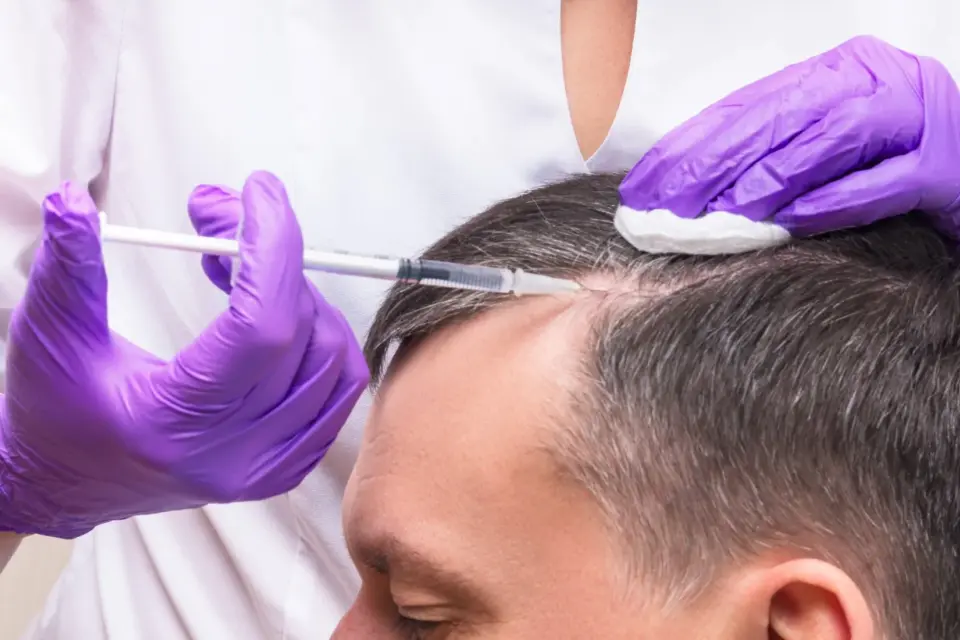PRP vs. PRF: What’s the difference, and which should you choose?
Platelet-rich plasma, or PRP, is often used in medical aesthetics procedures due to its natural growth factors and regenerative ability. PRP treatments use your body’s own blood to make an injectable that’s used in a variety of treatments. Here at Oceanside Medical, we stay on the cutting edge of technology by giving our patients the next-gen alternative to PRP: platelet-rich fibrin, or PRF.
What are PRP and PRF used for?
Platelets are components of blood that secrete healing factors and are used in the body’s healing process after injury. In medical aesthetics, platelets are used in treatments to minimize pores, fine lines, and scarring, and to stimulate collagen growth as well as hair growth. Many patients choose PRP and PRF because it’s derived from their own blood, rather than using a synthetic material.
How do they work?
PRP and PRF are prepared in very similar ways. First, your practitioner will take a blood sample from you with a small needle. They will then place the blood into a centrifuge, which separates out the components. The extracted platelets or fibrin is then placed into a syringe and used for injection in a number of treatments, including hair loss restoration and microneedling. Because PRP and PRF use your own blood, infection or cross-contamination is extremely unlikely.
How do PRP and PRF differ?
The main difference between the two is in how they’re extracted. PRF uses a slower centrifuge process, which helps to retain up to 10 times the number of platelets. And because PRF doesn’t use an anticoagulant, the blood retains some red and white blood cells within its fibrin membrane, which gives a slower release of growth factors for more effective and longer-lasting results. Side effects are generally short-lived, and may include bruising, swelling, or redness.





